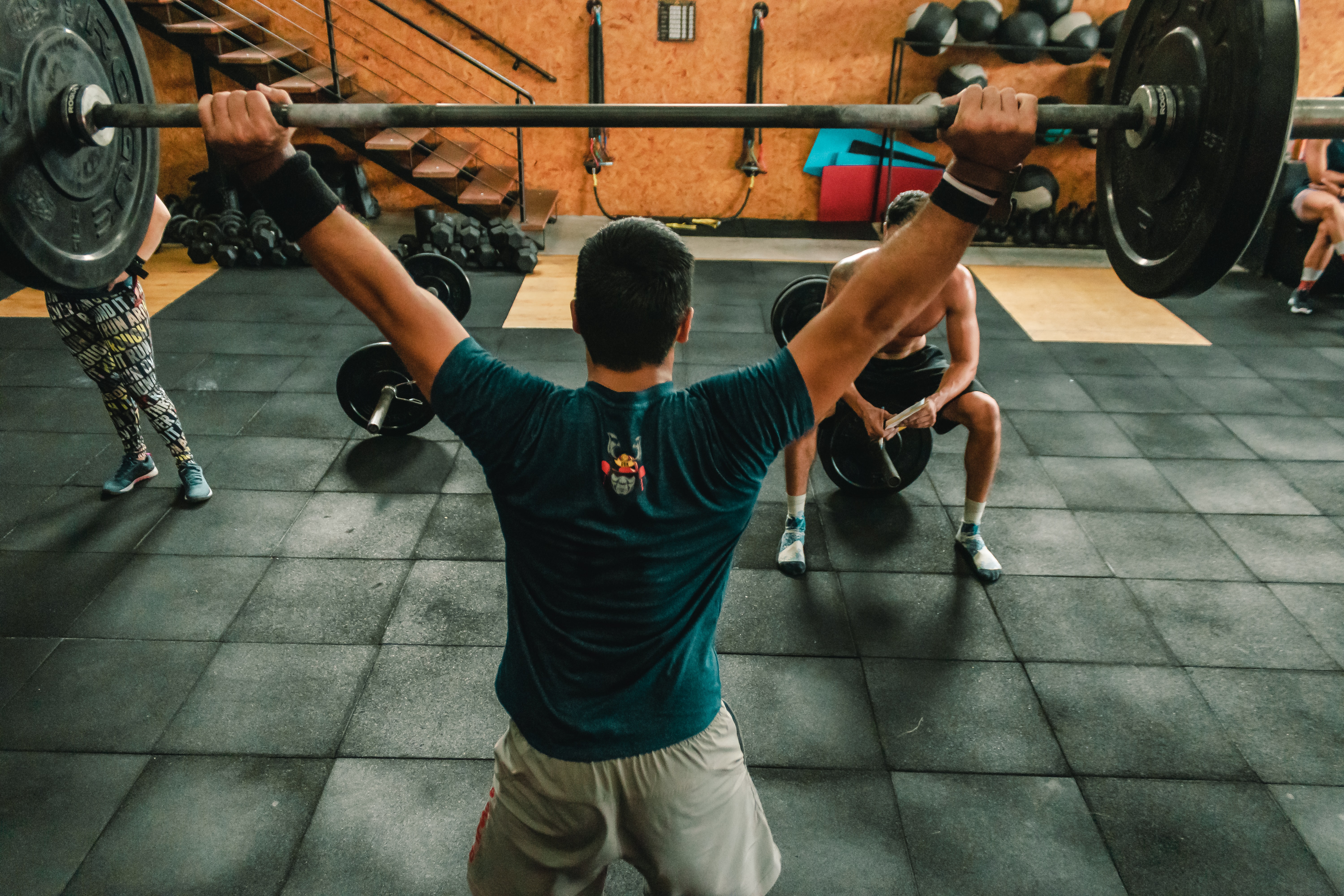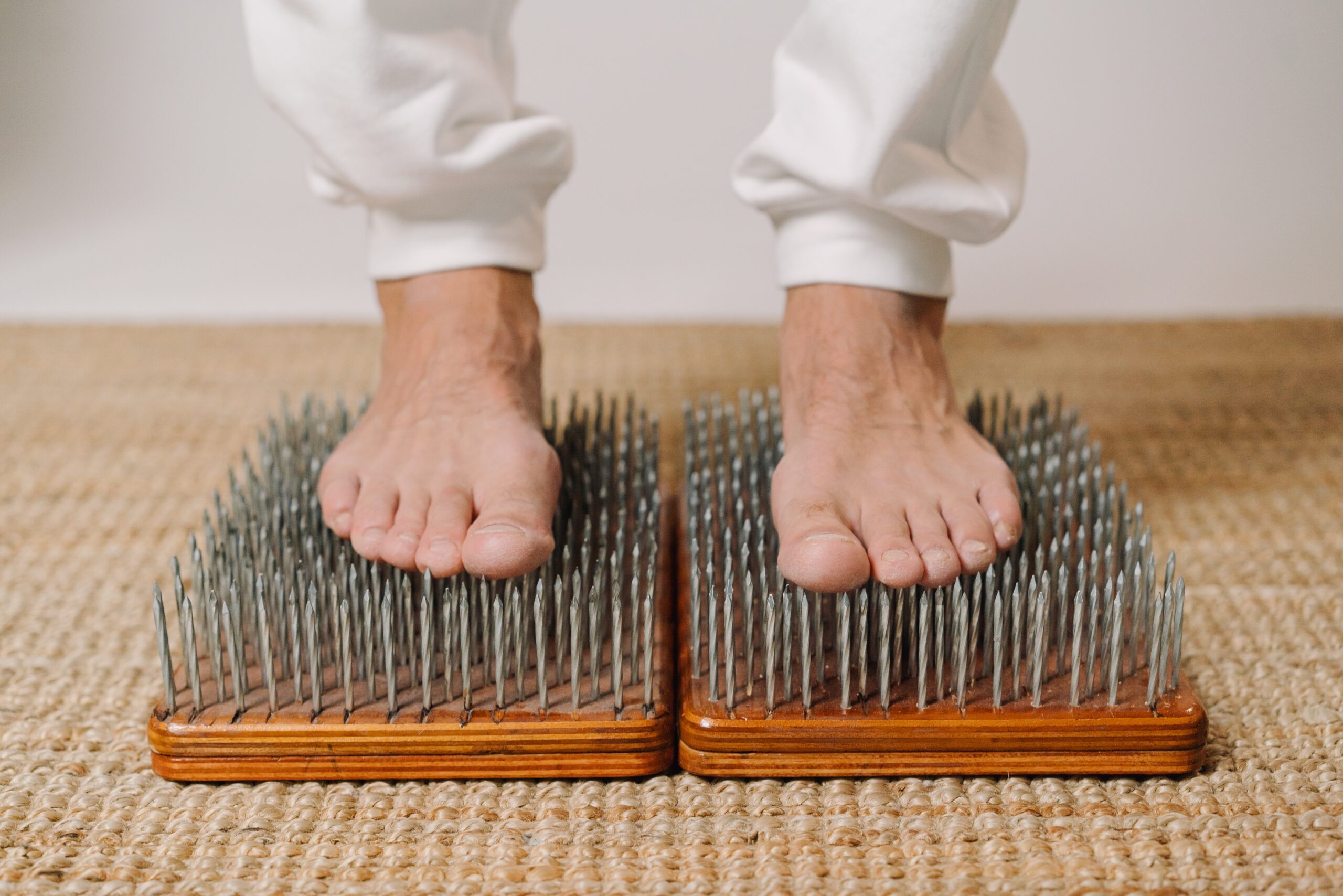
Have you ever wondered how an athlete like Georges St-Pierre was able to develop muscle mass comparable to that of a bodybuilder by performing high-rep gymnastics exercise rather than traditional weight training? Or how an Olympic weightlifting stud like Lu Xiao Jun came to be just as shredded as a professional MMA fighter with only low-rep barbell training? Well my fellow fitness enthusiast, you’ve come to the right place. In the present article, we will discuss how either high-rep or low-rep training can affect your body, depending on your goals and training history. In this way I avoid turning the article into click-baity-“The Best Exercise YOU Need…”-BS, and instead focus on EDUCATING YOU, dear reader, so that you may make the best-informed decision for yourself! However, before we begin I need to lay out three assumptions as to what kind of exercise we are talking about…
- The tempo of each repetition is one second up, one second down. If we were to dive deep down the rabbit hole of tempo-based training, we would discover that high reps and low reps may accrue the same amount of time under tension, thus making the essence of this question pointless.
- Each set, whether it is performed with high-reps or low-reps, is performed to near-failure. Otherwise high-reps performed to near-failure would always trump low-reps performed with minimal effort, and vice versa.
- High reps will be defined as 15-25 reps, while low reps will be defined as anything under 6 reps.
Now that we’ve got that out of the way, break out the pen and paper because you’re about to receive a crash course on the pros and cons of high-rep versus low-rep training!
INJURY RISK

High rep sets will generally be safer for individuals with a low training age – individuals who do not have much experience in the weight room. Low rep sets generally require a ton of neural drive, ability to brace, and tissue resiliency, all three of which can only be developed through many months, or even years in the gym1. But if you are one of those veteran lifters, well then have at it with the low rep training!
TISSUE HEALTH
High rep sets are tremendous for rehabilitating tendon or ligament strains. Blood flow is one of the keys to healing injured tendons and ligaments, and high rep sets lead to the pooling of blood in and around the working muscle. Some of this blood is able to diffuse into the area of injury and help clear away inflammation while simultaneously introducing new “good” cells into the area2. On the flipside, low rep sets are fantastic for building up the tensile strength of tendons and ligaments before injury ever occurs3! Without getting too deep into the minute details, high reps are good for injury rehabilitation, while low reps (when dosed appropriately) are good for injury prevention.
MUSCLE GAIN

Both high rep and low rep sets can be used to build muscle. This is why for example, elite Tour de France cyclists (who are essentially performing high rep, cyclical exercise on their bikes) oftentimes have legs that are just as jacked as elite powerlifters (who obviously perform very low rep exercise with extremely heavy loads). Dr. Brad Schoenfeld, the world’s leading researcher on all things related to muscle gain asserts that the total volume of work performed in the gym is much more important for hypertrophy than any particular rep range4. So in short high reps and low reps can be equally effective for building muscle as long as the total volume, or amount of work performed, is high!
STRENGTH GAIN
Low rep sets better stimulate the energy system needed for building maximal strength (i.e. the ATP-PCr system)5. Low rep sets also do a better job of remodelling tissue in a way that allows the body to better tolerate near-maximal loads. Low rep sets are better for strength gain, period.
FAT LOSS
This is a trickier topic. While technically, high rep sets stimulate the two metabolic energy systems most important for fat loss (i.e. the aerobic and glycolytic systems), the real key to fat loss is the total amount of work performed in a day6 – actually scratch that, the real key to fat loss is diet, but let’s save that discussion for another day. Much more work can be performed when an individual possesses high levels of absolute strength, which is best increased through low rep sets. To keep things short and simple, I’ll say this: Spend most of your time performing high rep sets for fat loss, but make sure to incorporate low rep sets to increase absolute strength so that your high rep sets can eventually be performed with higher loads/weights to ultimately do more work and burn more calories.
SINGLE-JOINT OR MULTI-JOINT EXERCISES

As a general guideline for injury prevention, low rep sets should not be performed often with single-joint exercises such as bicep curls or tricep extensions. Low rep sets are better suited for multi-joint compound lifts such as squats, deadlifts, and rows, to name a few examples. High rep sets can be safely performed with both single-joint and multi-joint exercises.
So as you now know, high-rep and low-rep sets are fantastic… depending on the goal. They can also be catastrophic… depending on the goal. For example, a low-rep set of squats is fantastic for building strength. Conversely, a low-rep set of squats is the stupidest shit you could do for early-stage injury rehabilitation. Please make sure that you are clear on your personal fitness goals, and choose the appropriate rep range for smashing those goals as efficiently as possible!
Regards,
Pat Koo
BKin, CSCS
Further reading:
- Aasa U., Svartholm I., Andersson F., & Berglund L. (2017). Injuries among weightlifters and powerlifters: A systematic review. British Journal of Sports Medicine, 51, 211–219.
- Fenwick, S. A., Hazleman, B. L., & Riley, G. P. (2002). The vasculature and its role in the damaged and healing tendon. Arthritis Research, 4(4), 252–260.
- Brumitt, J., & Cuddeford, T. (2015). Current concepts of muscle and tendon adaptation to strength and conditioning. International Journal of Sports Physical Therapy, 10(6), 748–759.
- Schoenfeld, B. J., Contreras, B., Krieger, J., Grgic, J., Delcastillo, K., Belliard, R., & Alto, A. (2019). Resistance training volume enhances muscle hypertrophy but not strength in trained men. Medicine And Science in Sports And Exercise, 51(1), 94–103.
- Baker, J. S., McCormick, M. C., & Robergs, R. A. (2010). Interaction among skeletal muscle metabolic energy systems during intense exercise. Journal of Nutrition And Metabolism.
- Keating, S.E., Johnson, N.A., Mielke, G.I., Coombes, J.S. (2017). A systematic review and meta-analysis of interval training versus moderate-intensity continuous training on body adiposity. Obesity Review, 18(8), 943-964.



